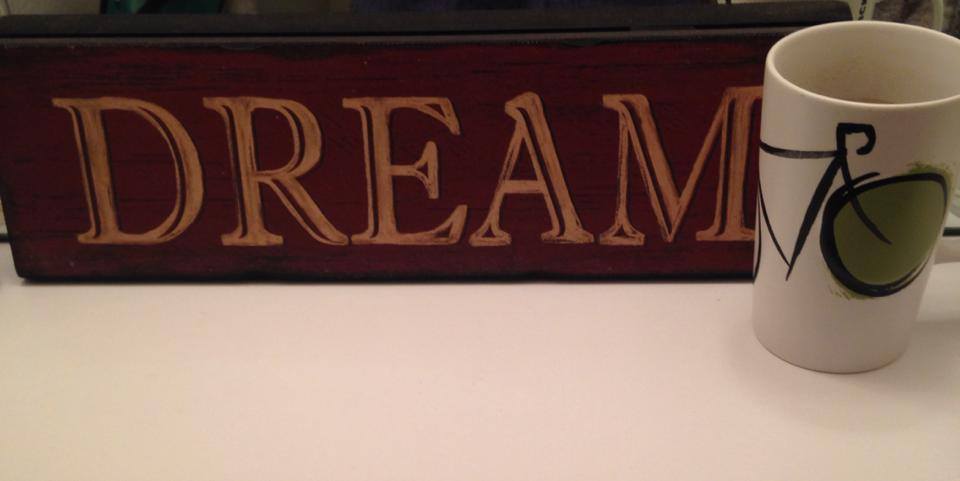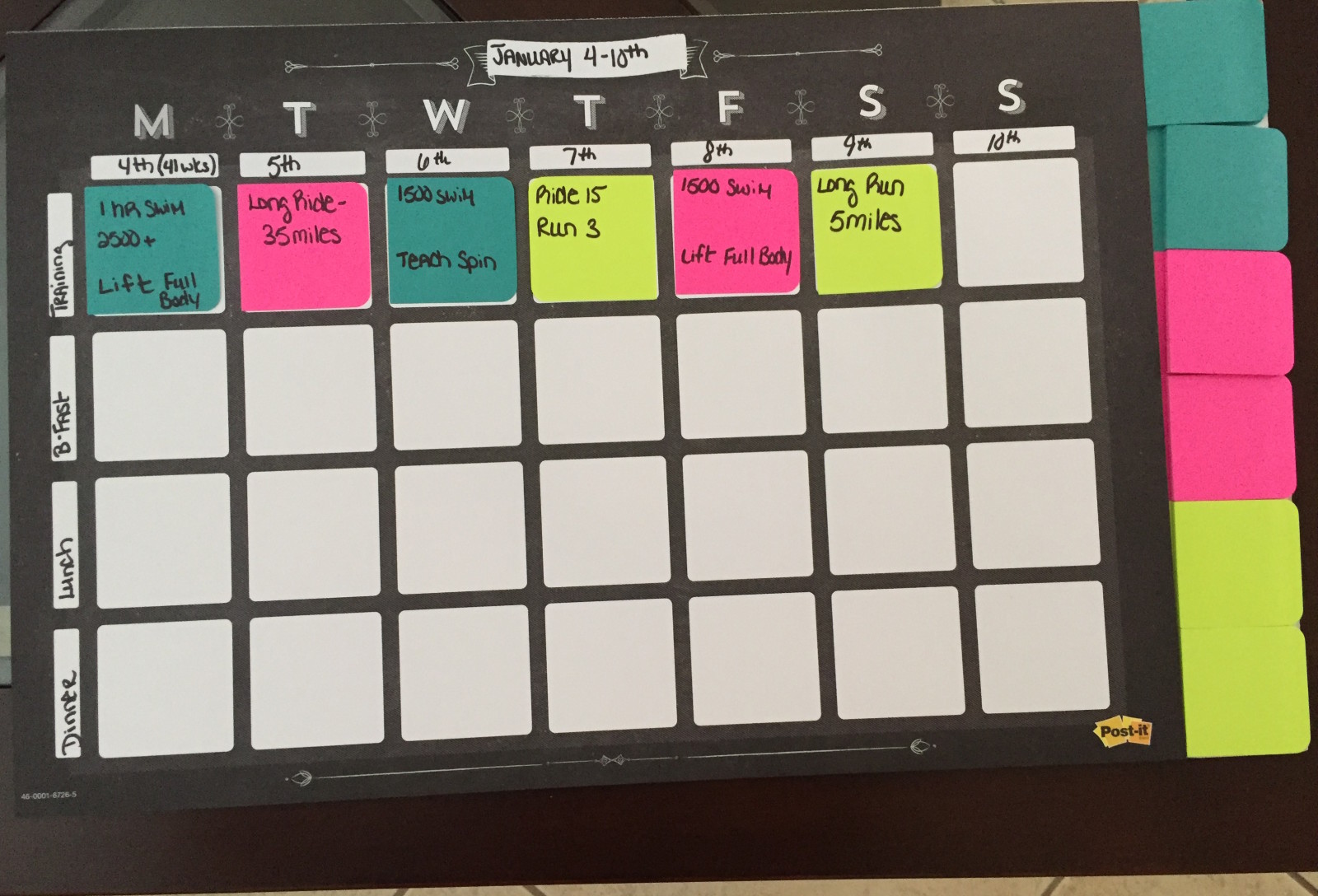Here in Florida, it’s New Year’s Eve. I just took the time to review my year, plan for everything I will accomplish in 2016, and I’m feeling pretty pumped up (and maybe a tiny bit overwhelmed).
This is the time of the year when darn near everyone takes a moment to evaluate where they are, and where they want to go. Whether you’re one to make a list of New Year’s resolutions, or you enjoy goal setting like myself, knowing how to set yourself up for success is a super important tool in achieving the things you want in the months and years to come.
There are so many categories of goal setting and resolutions – weight loss, fitness, financial, family-based, self esteem-based and more — but each goal will have a similar formula in finding success.
Check out our easy to follow guide to goal setting, and give it a try for what you want to accomplish in 2016!
Goal Setting for The Big Goals
Step one is always to understand long-term what you want to accomplish. Your big goals might be something that could take the entire year to actualize. For some goals, they might be even bigger and longer term than that.
Think of it this way — every successful business has a mission statement and a vision of who and what they are in their space. That vision and those goals guide them in every decision they make, product they develop, team member they hire and policy they implement.
Your personal goals are no different.
Take some time to really look at the things that are deeply important and meaningful to you, set your big, long-term goals around them.
In my case, health, fitness and triathlon are a huge part of my life. Many years ago, I set a goal that I would complete a full Ironman — 2.4 miles of swimming, 112 miles of biking and 26.2 miles of running — before I turn 35.
Over the past several years, I’ve set up my training and race seasons to help me work towards those longer distances. I’ve also attended camps, conferences, lectures and participated in online groups to help me train and learn what I need to in order to achieve that goal.
2016 is the year that I will see that goal to fruition. I’m registered for Ironman Florida in November, and have 41 weeks from this Saturday exactly to finish my journey towards that goal.
Having a big, long-term goal like this one has been a huge driving force for me in many (if not all) of the decisions I’ve made for a long time, and will be top of mind in each of my actions this year.
Goal Setting for the Small Goals
The Big Goals are important in giving you direction, but the small goals are really the bread and butter to your success. Having a large, long-term goal can be a wonderful driving force, but it can also be overwhelming if you don’t break it into small, manageable steps along the way.
In my example above where my goal is to complete Ironman Florida on November 5, I started by breaking my goals down into 3-month increments. I have both distance goals (how far I can comfortably travel in the swim, bike and run) as well as time goals (the paces I’ll be doing the sports at) for each quarter.
From there, my three-month periods are broken down further into weekly goals for a volume of training in each sport. Finally, I’ve divided those weekly volumes into specific daily workouts with different focuses to help me reach my targets each quarter.
This is just one example, but with any large goal it becomes much more doable to have small goals to focus on. Thinking about racing the entire 140.6 miles today is incredibly overwhelming, but thinking about swimming 2000 meters is easy, and all I need to do TODAY to reach that goal in 11 months time.
Be sure to take the time to break down your goals into bites that feel manageable for you. This might require some research. I didn’t know how to structure a strong training plan without consulting a host of experts, but it will be worth it. I’m the type of person who needs to feel successful daily to stay the course, and these small goals are how I continue to find that motivation day in and day out.
S.M.A.R.T. Goals
One popular way of setting both big and small goals is S.M.A.R.T. Goal setting. We’ve talked about it before in our article on setting and achieving fitness goals, and most every goal setting expert agrees that using this type of method will help you see the highest level of success.
S.M.A.R.T. Goals are:
S – Specific
M – Measurable
A – Attainable (or action-oriented)
R – Relevant
T – Time-Bound (or trackable)
When considering your Big and Small goals, be sure to ask yourself if they meet this criteria. Building on my Ironman example from above, when the time came for me to set my goals for this year I had to tweak my overall vision of completing an Ironman to something more specific, a S.M.A.R.T. goal.
For me, it sounds like this:
On No5. 5, 2016 (time-bound) I will race and cross the finish line (measurable) at Ironman Florida (specific) to achieve my goal of finishing an Ironman Triathlon before I turn 35 (relevant and attainable).
I have statements like this for each of my goals for this year. When writing yours, be sure that you’re not missing any of the components and you’ll be on track for success.
Tracking Your Goals
Everyone is different in their motivations and how they like to track their progress. For some it might be journaling. For others, an app on your iPhone. I’m extremely visual, so I like tools like Post-It notes on wall calendars so I can visually see my progress and success day to day.
No matter what your preferred method is, consensus is clear that tracking your goals is just as (if not more) important than setting them. If you’re like me and you have daily goals and targets, be sure to track your progress daily to measure your success and make adjustments if needed. If your goals are weekly, monthly or quarterly, implement a method of tracking that will hold you accountable and help you to see your progress along the way.
Re-Evaulating Goals
One of many reasons why tracking your goals is so important is because over time you may need to adjust your goals.
If you’re anything like me, that made your eye twitch a little. When we’re first starting out, no one wants to consider that we might not be successful in what we set out to accomplish. I would strongly suggest that you not think of this step that way. Rather, consider that sometimes things can get in the way of even the best laid plans.
Maybe there is a family emergency and I miss a week of training. Maybe I (God forbid) have an injury that will impact my training. Maybe I do everything I’m supposed to do, but I miss a target anyway.
These things happen, and those who are most successful are able to evaluate, adapt and maybe even redefine their success metrics as they go. Remember, one step of setting a good, strong goal is ensuring it’s attainable. Continuously evaluate your progress to make sure your goals are something you can achieve.
And Remember…
Goals change. People change. Here, on Jan. 1, you might set a professional goal within your company, and three months from now you might be offered a different position with another employer that you simply can’t refuse.
That doesn’t mean you failed at your goal, it just means that your goal has changed.
The New Year is a great time to set goals and evaluate where you want to be 365 days from now, but it’s not the only time to do so.
Keep setting new goals and challenging yourself in new ways daily, and 2016 is bound to be your absolute best year yet.
What will you accomplish in 2016?


